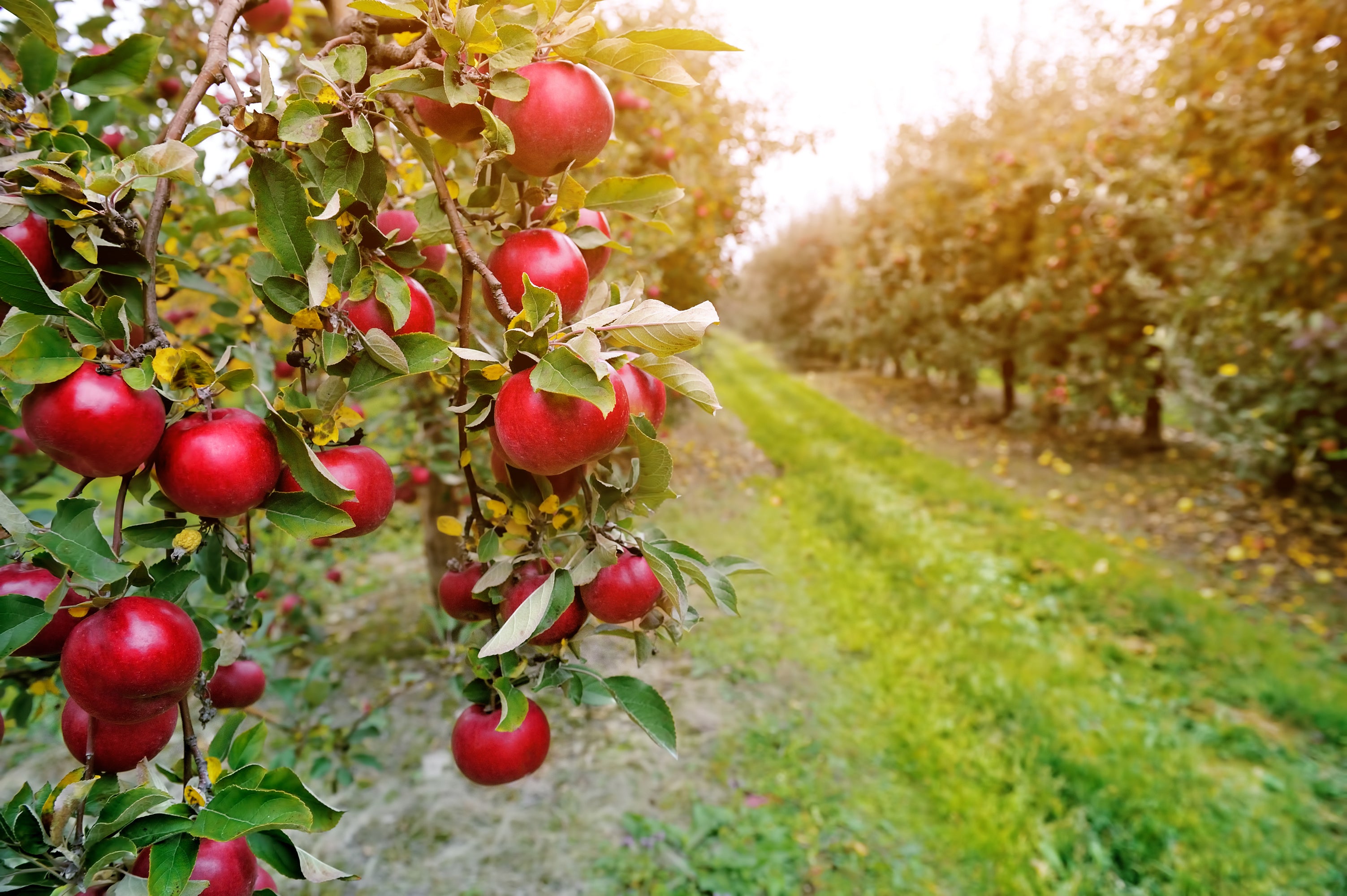
Fruit Trees
Fruit trees are very popular in the garden, they allow you to enjoy fresh fruit straight from your own yard. There are new dwarf and semi dwarf varieties coming out each year making it easier than ever for the backyard gardener. Most common fruit trees are very closely related, so care instructions will often be similar or the same. With the right care , you can enjoy fresh fruit for years to come.
Please call to confirm availability.
Caring for fruit trees doesn’t have to be difficult. Here are some helpful tips to get anyone started in the right direction to creating a healthy home orchard.
General Care Information
LOCATION AND SELECTION
The first thing to consider when deciding to buy a fruit tree is where to plant the tree. While some fruit trees can grow in partial sun, most all prefer full sun, and will yield a greater crop in full sun. In general, fruit trees will also benefit from soil that is rich in organic matter that drains well. The amount of space the tree will need is determined by the variety chosen and if it is on dwarfing root stock. Fruit trees also will need access to adequate irrigation.
After finding the perfect spot for a fruit tree, it is time to decide the variety. In general fruit trees do not start producing fruit till 5 years of age, give or take a year depending on type and rootstock. When deciding, it is good to keep in mind that most fruit trees benefit from cross pollination*. For cross pollination to occur two or more varieties of a certain tree need to be planted within the same vicinity that bloom around the same time. For example, to get a Gala apple tree to produce fruit, a different apple variety needs to be planted nearby that blooms around the same time, like a Fuji apple. If there is not enough space for two or more varieties, fruit trees with several varieties grafted onto one root stock are available at most nurseries.
The next step is to choose a healthy specimen. Selecting a fruit tree that is vigorous and with a good structure to start with will ease any further management of the tree down the road. An ideal tree should have well distributed and well spaced branches creating a balanced crown, and have wide angle branch crotches.
*More information on cross pollination and compatible cross pollinators can be found on the specific fruit tree pages
PLANTING
Planting fruit trees is much like planting any other tree. Dig a hole double the width of the pot, and the same depth, if not a little shallower, as they tend to sink with time and irrigation, the key is to not bury the zone of cell division, which occurs where the trunk begins to flare. Place the tree so it is straight, and back fill with the native soil dug from the hole, if the soil is mainly clay, you can add some compost to the back fill, but no more than a third. You want to avoid creating a pot in the ground by adding too much compost and discouraging roots to branch out into the native soil. After the tree is planted, mulch the tree in a doughnut fashion, making sure not to pile up mulch near the base of the tree.
PRUNING
The goal for pruning fruit trees is first and foremost for the health of the tree and to create a sturdy structure, then it is to encourage the tree to produce a good, balanced yield that is easy for the grower to harvest. The best time for pruning fruit tree is in the mid to late winter, when the tree has gone into dormancy and stored it’s nutrients for the year, unless it is a variety of fruit tree that is frost sensitive, like peaches, and apricots. Pruning is quite simple once the process is understood, but for beginners, we recommend getting some hands on education and taking a class. Keep an eye on our schedule of events for an upcoming beginning pruning class.
Pruning for health: When pruning any tree or shrub it is important to first start by pruning any diseased, damaged, and dead branches. Then prune out water sprouts and suckers that will take energy away from fruit production and main structure growth.
Pruning/training for structure: This is a very important step, and should start when the tree is young. Pruning/training for structure takes a little more imagination, and is best done by picturing what the tree should look like 5 years in the future and how to prune and train it to accomplish that goal. Most commonly fruit tree structures are either open center trained, or central leader trained. Open center trained trees are typically easier to harvest, while central leader trained tend to produce more fruit.
Pruning for ease of care and harvest: For ease of harvest and care, and to increase yield it is best to prune fruit trees annually. By pruning annually, the tree will be kept at a manageable height, increase fruit production, and decrease the amount of water sprouts created from drastic pruning.
For more detailed information on how to prune and make pruning cuts, check out OSU’s Training and Pruning Your Home Orchard guide.
THINNING
Not all trees require thinning, but the ones that do greatly benefit from it. Thinning is the removal of some immature fruit on a heavy bearing fruit tree so there is adequate energy distribution to create a good yield of fruit without sacrificing tree vigor. Thinning will also discourage bumper crops to help create consistent yields year after year.
PEST MANAGEMENT
Pest management can be intimidating, but if a hardy variety is selected and cared for properly, pest management will not be nearly as intensive. Here are a few tips to getting a good pest management strategy in place.
Monitor: In late spring it is a good idea to monitor insect pest populations to get a understanding on when the best time to apply treatments are and how much pest management is actually needed. There is no need to treat for a problem that doesn’t exist yet, and can actually be detrimental to do so. Spraying pesticides, even low impact ones, can harm beneficials, like honey bees and predatory wasps, and should only be used when needed. Also, the more pests are exposed to a certain product, the more likely it is for them to build up a resistance, therefore it is one’s best interest to hold off on spraying until optimum conditions arise. Insect pests can be monitored by visually examining the trees on a regular basis and with pheromone and visual traps that are available at most farm and garden stores.
More information on pheromone traps
More on starting a pest management strategy
Attract Beneficials: Beneficial insects are insects that provide services to the grower that will aid in the health of their crops, such as pollination and pest control. The most common beneficial insects people think of are honey bees, lady beetles, and praying mantis, but there are many, many more, often looking like pests themselves, therefore it is important to identify insects before deciding they are pests and spraying. Beneficials can be bought and introduced to an area, but they can also be attracted to an area, and will be more likely to stay in that area if it provides them the correct habitat. Planting a diversity of specific plants, and providing access to water is the best way to create an attractive environment for beneficials.
More on attracting beneficial insects
More on releasing commonly sold beneficials
Low Impact and Dormant Sprays: When pest populations are too great for other approaches to be effective, and pesticides are needed, it is important to choose and use pesticides carefully. Not all pesticides can be used on edible crops, and many can harm beneficial insects. If fruit trees are properly planted, healthy, and monitored for pests, a low impact spray (one with little to no residual effect) should be sufficient. Commonly sold low impact sprays include, insecticidal soaps, horticulture oils, pyrethrins, organic spionsad, and neem. Rotating pesticides is crucial for reoccurring success and limiting resistance, it is recommended 3 different pesticides per season.
One of the most effective times to use pesticides is when the tree has gone into dormancy. Some effective dormant treatments include, lime sulfurs, horticulture oils, and copper fungicides.
Even more on dormant treatments
OSU extension’s guide to managing diseases and pest in the home orchard
What You Need to Know About Fruit Trees We Offer in the Spring
Is it bare root or potted?
New fruit trees that come in the spring are considered a bare root trees. They were gently dug from the soil when they were dormant then the soil was removed from their roots.
Bare root trees are easier to ship and handle. They have a natural root system, which help them establish more readily without the need for breaking up the root ball as you would for a rooted, potted fruit tree. We receive bare root trees in the late winter and pot them up to help retain moisture on the roots and will have a medium to continue rooting throughout the growing season.
Buying Fruit Trees in the Spring
New fruit trees that come in the spring are considered a bare root trees. They were gently dug from the soil when they were dormant then the soil was removed from their roots.
Bare root trees are easier to ship and handle. They have a natural root system, which help them establish more readily without the need for breaking up the root ball as you would for a rooted, potted fruit tree. We receive bare root trees in the late winter and pot them up to help retain moisture on the roots and will have a medium to continue rooting throughout the growing season.
How to Plant a Bare Root Fruit Tree
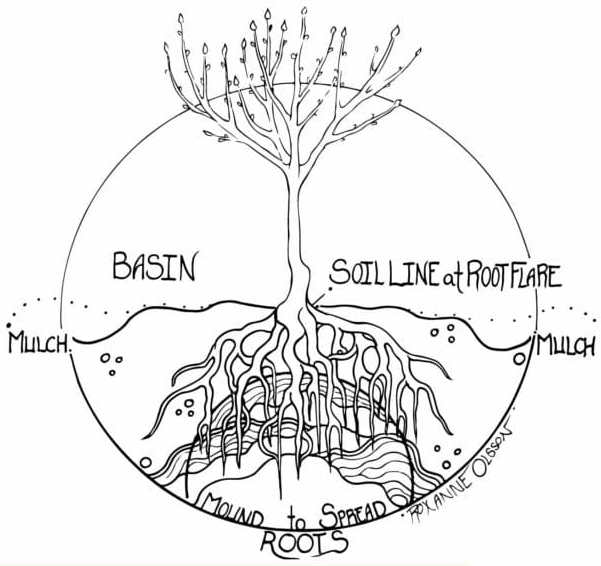
DIG
Dig a tapered hold double the width of the root mass and shallow enough so the trunk flare is above the soil line.
MOUND
Make a mound of the native soil in the center and spread the roots of the tree around it.
SOIL
Back fill with native soil.
If the soil is poor and clay-like, organic matter like peat moss or a compost that is not too hot can be added to the hole.
MULCH
After the tree is planted, mulch the tree in a doughnut shape, making sure not to pile up any mulch near the base of the tree.
A basin can be created just inside the dug hole to help retain water.
FERTILIZER
Fertilizer is NOT recommended upon planting because it can be too hot and deter root growth. If the soil is very poor and you want to add some nutrients, you can add a slow release fertilizer, compost tea, and/or mycorrhizal fungi.
More Information on Specific Fruit Trees
-
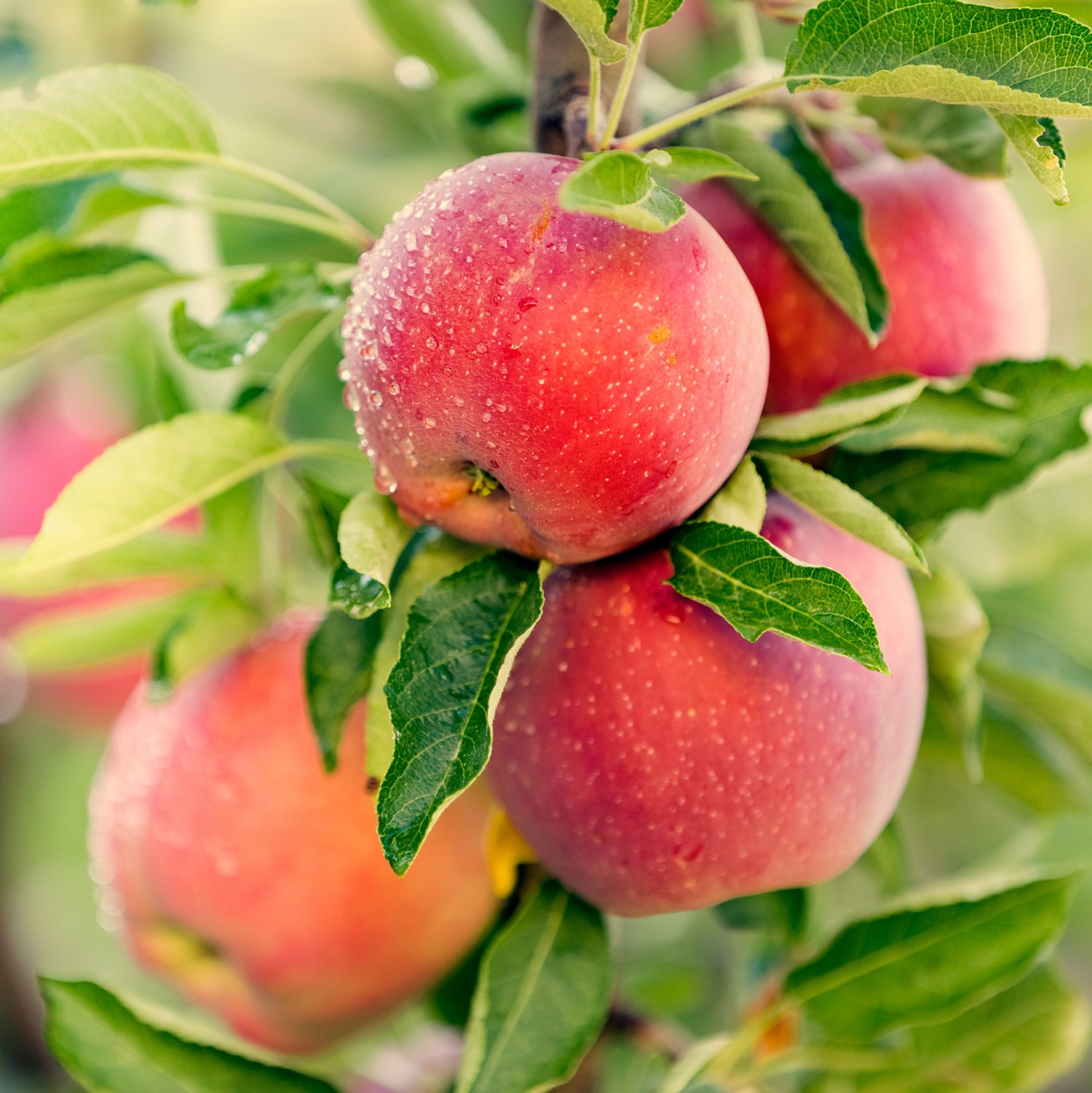
Apple Trees
Information -
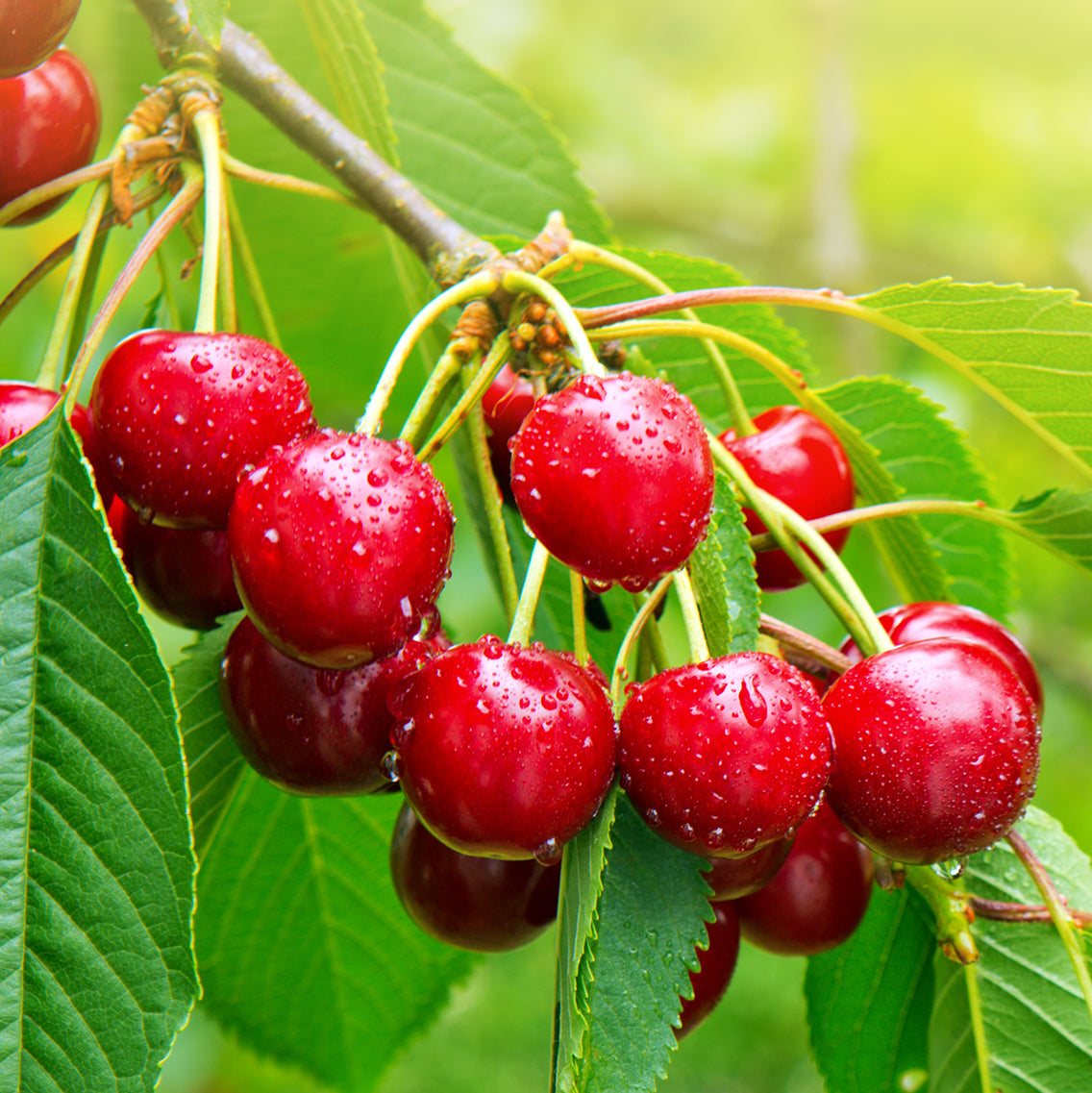
Cherry Trees
Information -
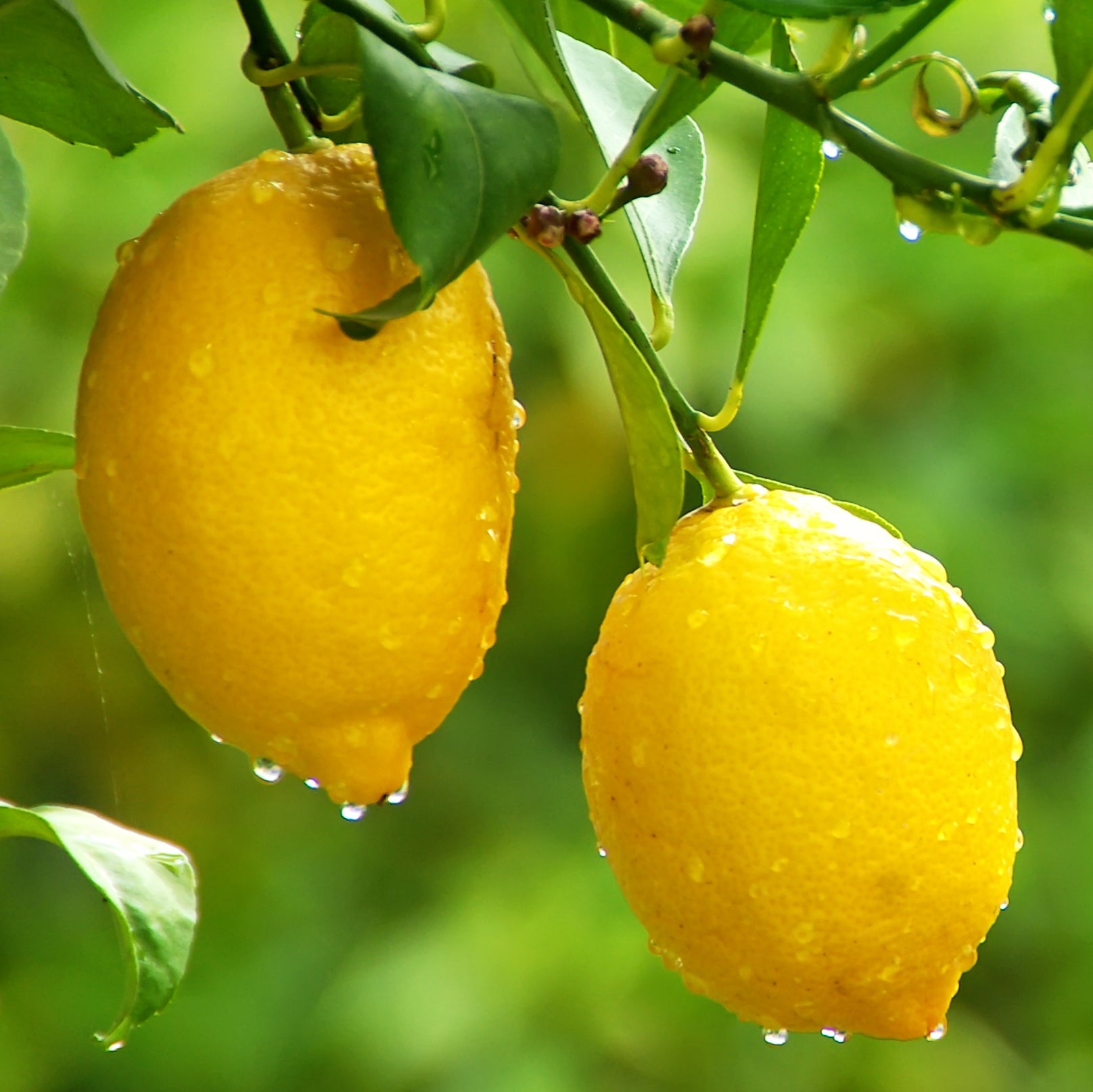
Citrus Trees
Information -
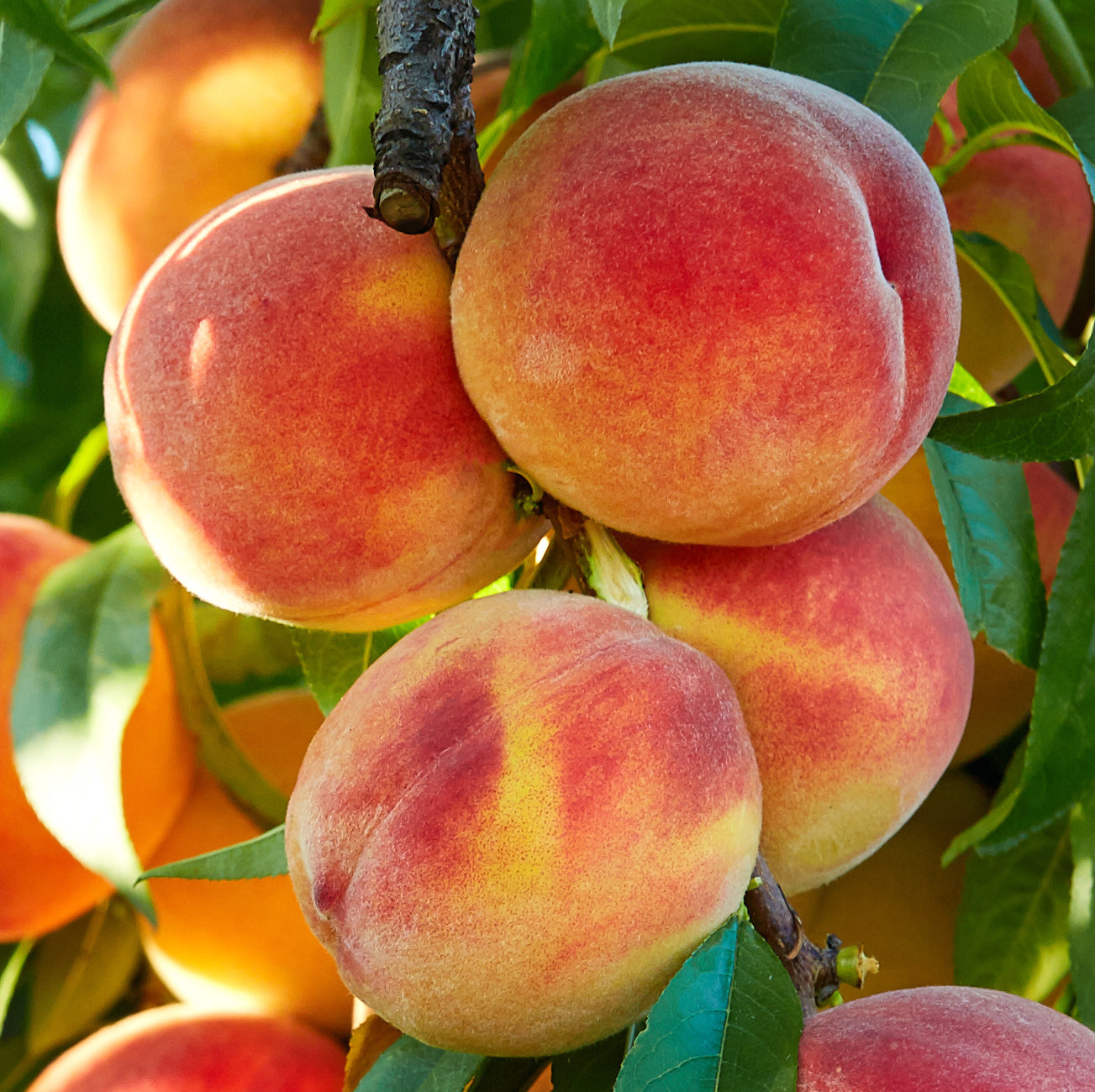
Nectarine/Peach Trees
Information -
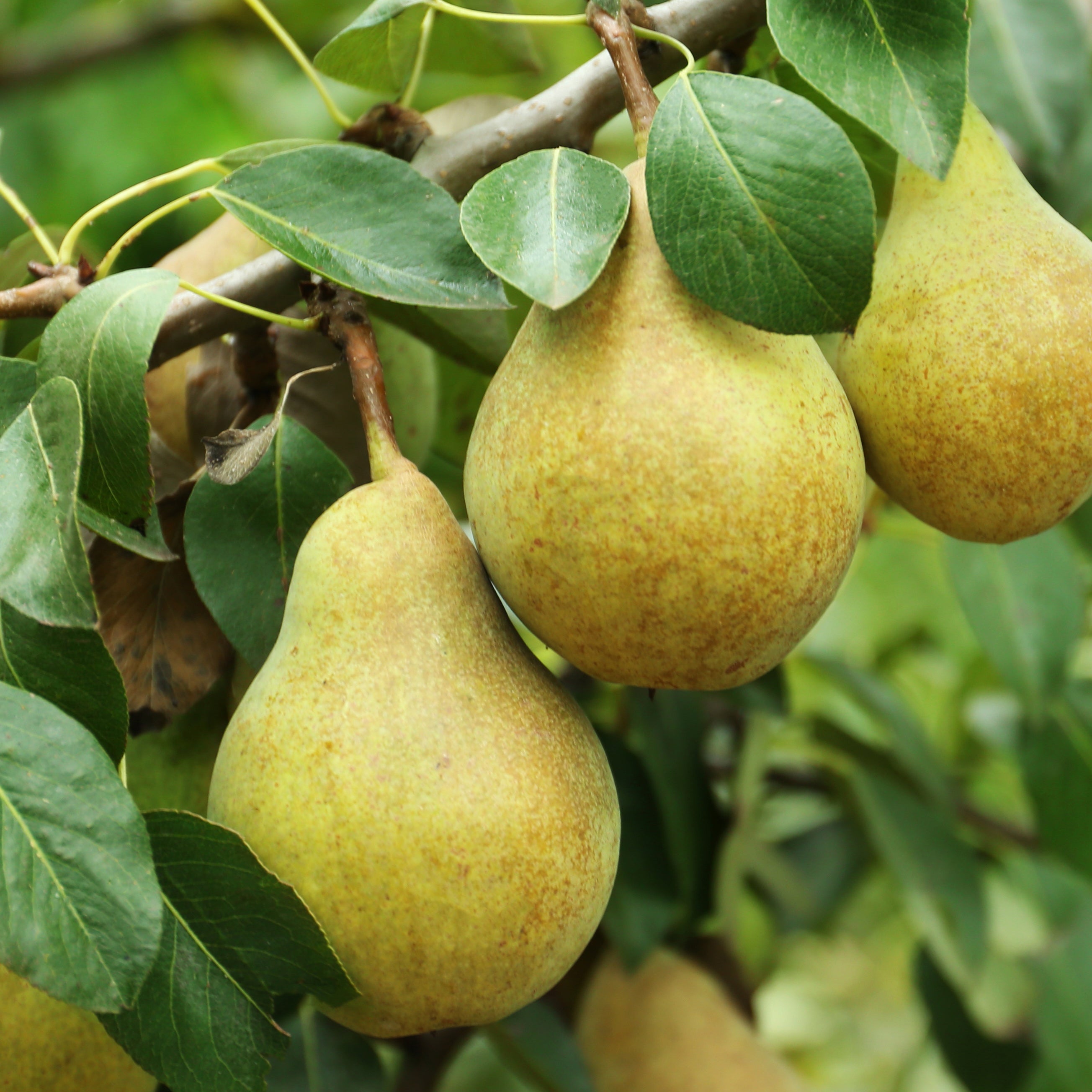
Pear Trees
Information -
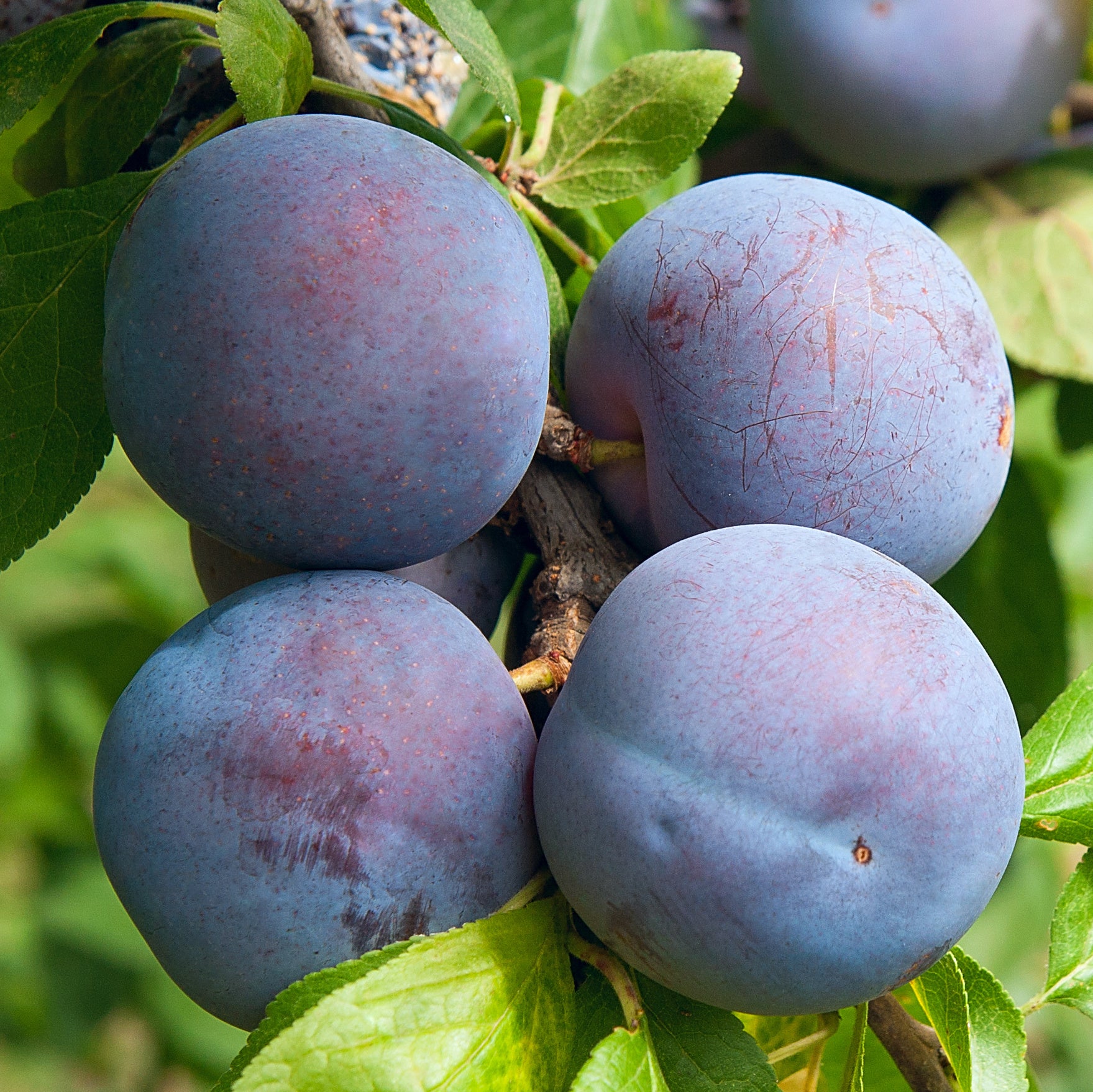
Plum Trees
Information -
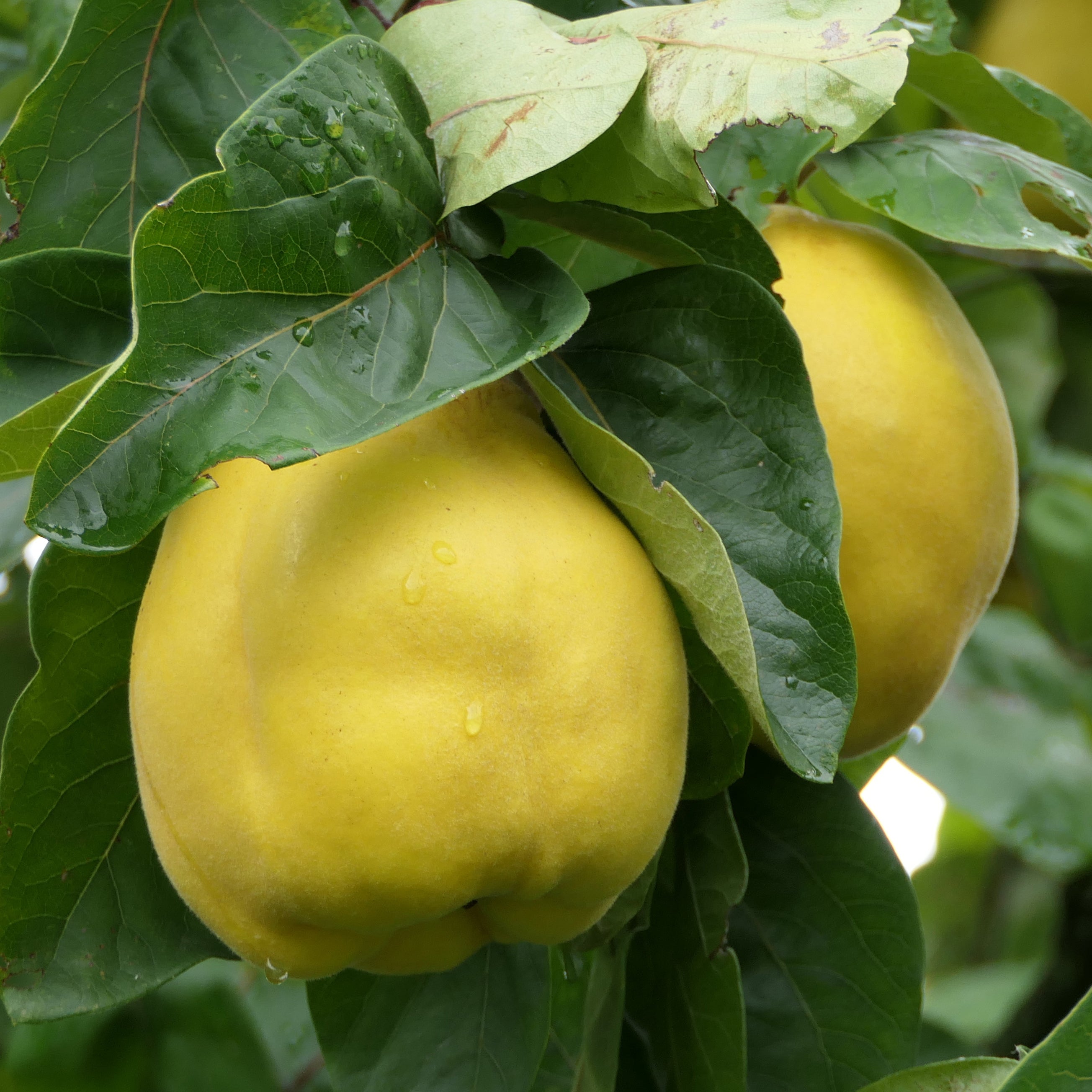
Other Fruit/Edible Trees
Information






